New PVD Interventions Around Cost Optimization
To respond to our Client’s needs in the current economy we have developed two new intervention products:
- the Project Cost Review and Optimization (at individual Project or Portfolio level)
- the Project Procurement Upgrade
Project Cost Optimization
 Project Value Delivery has the expertise and proprietary tools to create substantial cost reduction in your projects, in particular by reviewing your cost basis and your procurement approach, either at a single Project or at an entire organization’s level. In particular we can implement hands-on interventions for negotiation / re-negotiation of procurement contracts for equipment or services, review of the procurement strategy at Project or organizational level. We will also recommend how to optimize internal costs in Projects.
Project Value Delivery has the expertise and proprietary tools to create substantial cost reduction in your projects, in particular by reviewing your cost basis and your procurement approach, either at a single Project or at an entire organization’s level. In particular we can implement hands-on interventions for negotiation / re-negotiation of procurement contracts for equipment or services, review of the procurement strategy at Project or organizational level. We will also recommend how to optimize internal costs in Projects.
As always in our interventions we place a particular emphasis in providing you with practical recommendations that are directly actionable, and we prioritize them so that you can focus your energy on the 2 or 3 actions that will really create significant short term savings at Project or Portfolio level. Download our specific Cost Review flyer.
Project Procurement Upgrading
 We can setup or enhance significantly your Procurement organization and processes, either at a single Project level or at an organizational level:
We can setup or enhance significantly your Procurement organization and processes, either at a single Project level or at an organizational level:
- Development of Procurement process and procedures, with a particular highlight on the procurement of services,
- Development of commodity management
- Organization and development of supplier panel / supplier base
Contact us for more details!



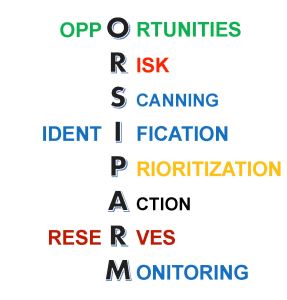
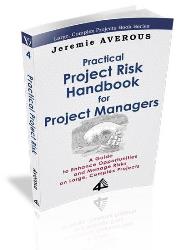

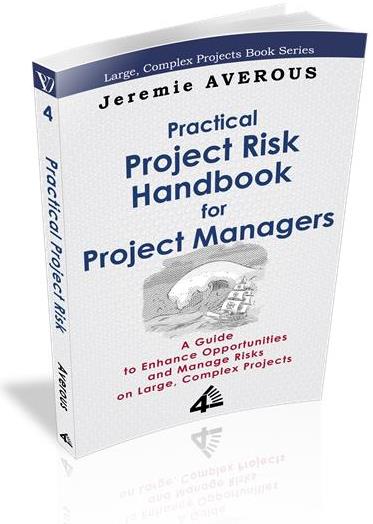


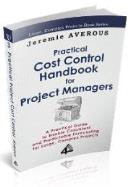

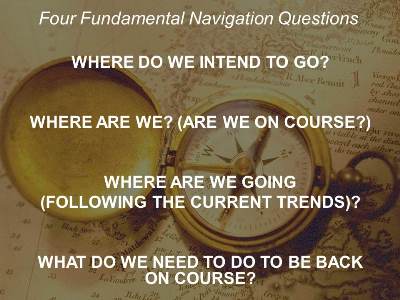
How to Be More Cost-Effective in Project Execution
In those days of low commodity prices, it is essential for Contractors to propose cost-saving approaches so as to help make developments economically feasible – and become more competitive on their market. The solutions to be deployed will be very different depending on the type of projects, in particular regarding size and complexity. Our new White Paper 2014-18 ‘How to Be More Cost-Effective in Project Execution’ explains the steps that can be taken, depending on project type.
For smaller projects of low complexity, a number of processes that are currently implemented repetitively in each project can be usefully transferred to the portfolio level; that will save cost, limit the supporting resources required and at the same time make those processes more effective.
For large projects, cost effectiveness needs to be sought in those activities that are not part of the critical chain, and on leveraging procurement savings.
It is as always critical to deal with small and large projects in different ways because their drivers are very distinct.
Every downturn is the occasion to review the work processes and seek more effectiveness. Small & simple projects need to be dealt with differently from large & complex projects, and the drivers for improving effectiveness will be notably different. It will go through the establishment of differentiated process – an additional complication that is warranted to make the organization more adapted to its markets. Find more about this topic in our new White Paper 2014-18 ‘How to Be More Cost-Effective in Project Execution’.